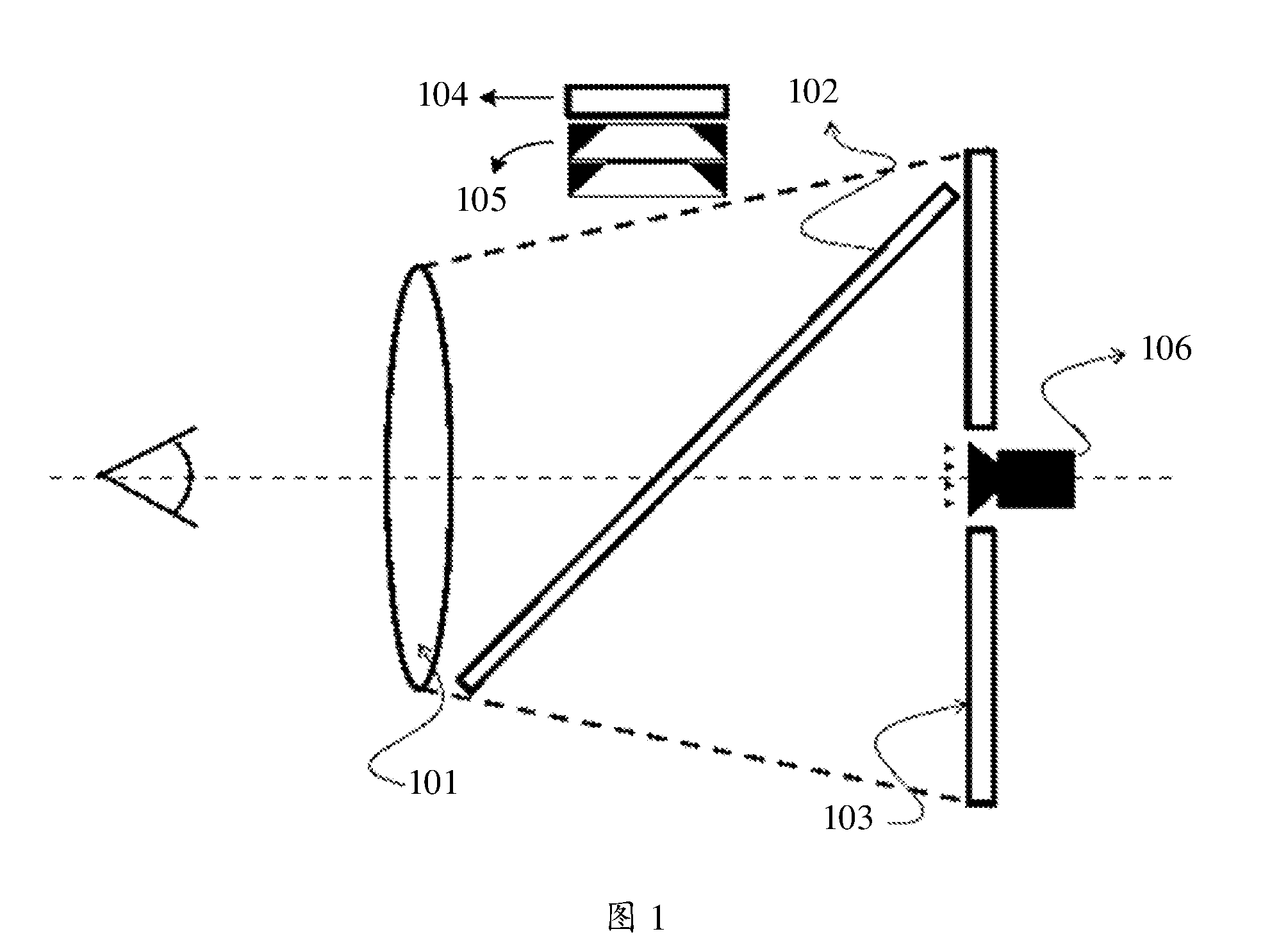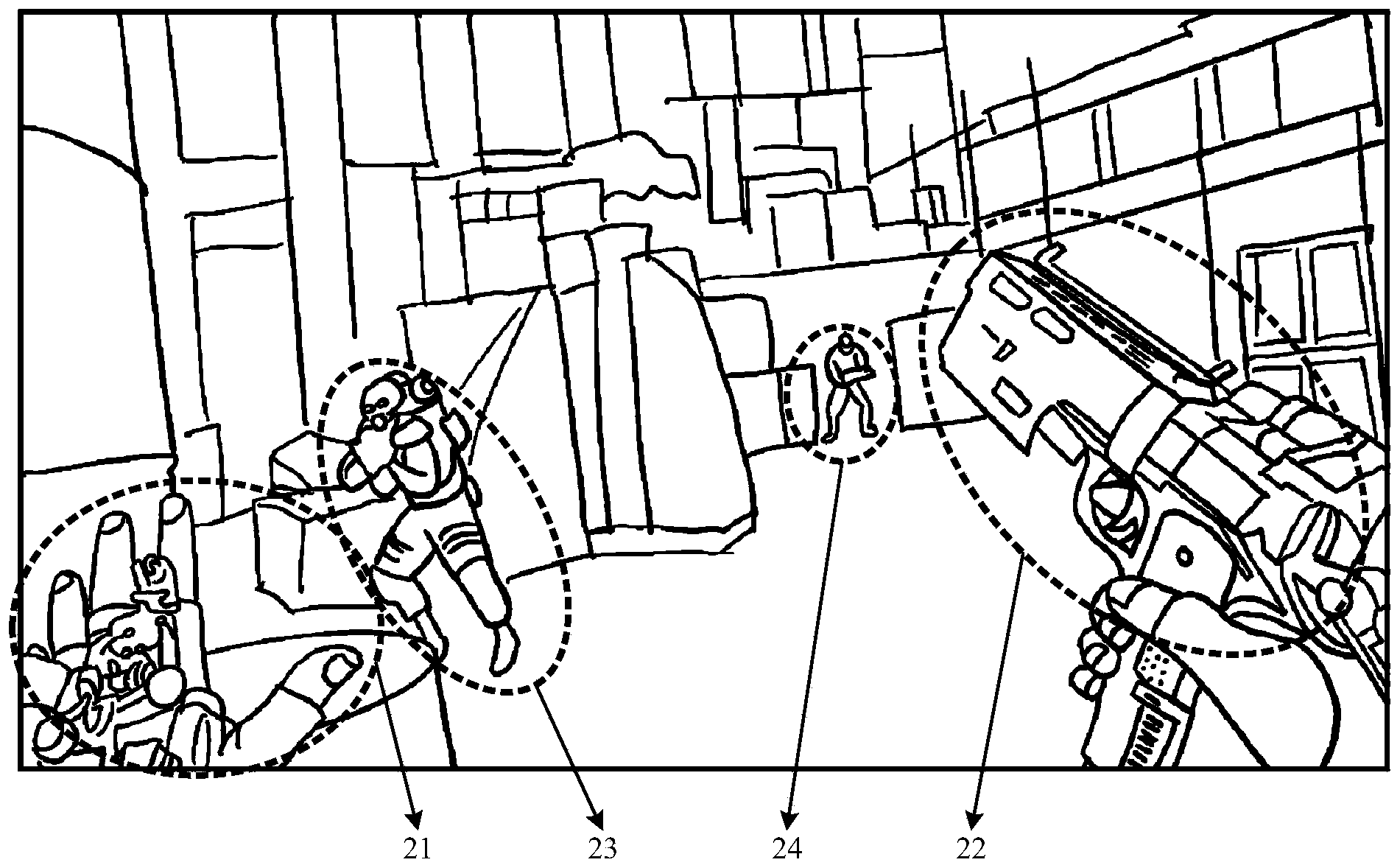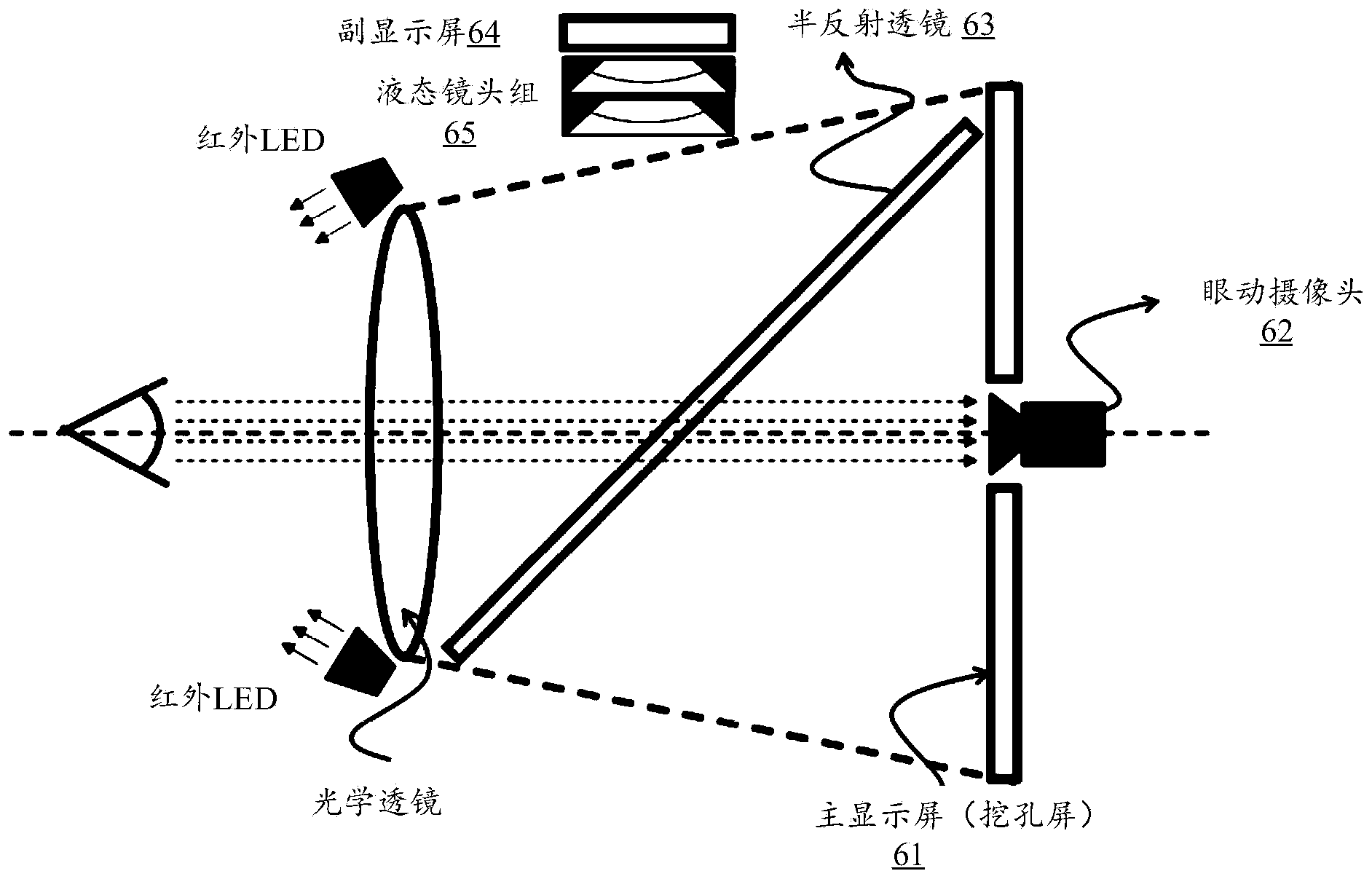
The incursion of Metaverse has lit a fire in all the huge firms around the globe, with many attempting to enter the VR and Metaverse market. Tencent is widely recognized to be among the said companies, with the last whirring rumor suggesting that it is trying to create a virtual reality headset as its first major hardware product.
That rumor may finally be getting realized; we have stumbled upon a new patent recently published by Tencent that discusses a new innovative VR display device. The new technology will utilize unique visual production methods in its headset to feel closer to real life than existing VR products available on the market.
The patent dubbed “VIRTUAL REALITY DISPLAY DEVICE, IMAGE PRESENTATION METHOD, STORAGE MEDIUM AND PROGRAM PRODUCT” concerns a VR display device with inventive features to increase the imaging quality and immersion for gamers and fix the current physiological issues.
Major Rundown
- Tencent has published a patent for a virtual reality device with improved display capabilities and increased immersion.
- The patent seeks to fix the unnatural methods of producing visuals that cause fatigue to users and reduce longevity for gamers. The VR device will lessen the physiological difference in how visuals are produced in its headset compared to real life.
- The virtual reality device will use a second display screen that can be changed alongside the eyeball focus position of the user to simulate realistic methods of producing visuals.
- The proposed methods will result in highly increased depth perception, reduced fatigue, and better use duration for a player. Moreover, it will feel more natural to real life than existing virtual reality devices.
As per Tencent, the VR display settings need to be closer to the natural physiological visual habit of a person to reduce fatigue and increase immersion. The physiological discomfort causes issues like, “motion sickness, visual fatigue, and even physiological injury,” decreasing the ability of a user to enjoy the experience for a long time.
The China-based company seeks to fix the dilemmas by creating its virtual reality headset that resolves the impending issues. Its VR device seeks to “provide a user-based eyeball focus position, and display an image at a plurality of different imaging positions.”

The VR display device will include “a main lens 101, a semi-reflective lens 102, a first display screen 103, a second display screen 104, a zoom assembly 105, and an eye movement tracking camera 106.”
Tencent’s VR display device will innovate the imaging technology in its headset by wholly increasing the depth of vision for the user. The purpose of the device is to create in-game scenes “close to the real environment as much as possible.”
The VR device will distinguish between various depths of fields, “a user can be in a stereoscopic image environment, so that a user can easily see scenes including at least a far field of field, a middle depth of field and a near field of field.”

The patent will use the first display screen to focus on the middle scene while the second display screen will track the players’ eyeball movements to produce a realistic and natural visual input.
Tencent quotes, “the imaging position of the image displayed by the second display screen can be changed along with the eyeball focus position of the user, so that the simulation effect of the VR equipment on different three-dimensional image environments can be improved, and the VR display effect is improved.”
Furthermore, it will improve the “creation effect of the three-dimensional VR scene, being close to the natural physiological visual habits of people, and avoiding the problem of physical discomfort to the user.”
Tencent’s patented display device will utilize technologies like liquid lenses to achieve the described results. The HD quality of visuals will be ensured while also matching the threshold to be close to the real physiological visual feel of the player. Moreover, the VR headset could also connect to the internet, as proposed in the patent.
The display device will also “avoid the immersion damage when the user uses the VR display device.” The shown optical design will also make sure that the user “can comfortably focus and can see the clear distance, so that the depth-of-field range values corresponding to the visual distances of different focal planes can be obtained.”

The VR device will be able to blur the near and the middle scenes when the user looks at the farthest area like in real life to create a more realistic experience. It will “cooperate with the rotation of the pupil of the user, so that the user can observe the details of the distant view scene comfortably and clearly.”
The pupil focus range will be able to adapt for each depth of field while using Tencent’s VR headset. This will cause the quality of the visuals to improve considerably, while also making the eyes feel more comforted and creating more longevity for the users. Each in-game session could be increased if this technology is implemented.
While Tencent has been actively trying to penetrate the VR market space, the company has yet not shown any concrete results. In 2018, the China-based giant launched a pair of video glasses after much hype; they were not that well received. Moreover, its massive deal with Xiaomi’s Black Shark also seemingly ended at a dead end.
However, Tencent has not shown signs of backing out of the VR space. The new patent highlights the concepts for a VR headset with improved display immersion than its competitors; it is arguably the biggest development we have seen thus far. Whether it metamorphoses into an actual product or not remains to be witnessed.
All in all, the proposed VR display device could prove to be very popular if it uses the methods it has discussed. VR games would see a staggering rise in immersion and longevity for gamers, for instance. Additionally, the exhaustion caused by using VR headsets for long spans will finally be resolved.
Finally, we suggest taking the patent with a slight grain of salt, as the noted concepts may never end up on the shelves of our local retail stores.
Many new competitors are seeking to enter the virtual reality market, as the technology is still relatively new. Apple is also slating towards releasing its take on the hybrid VR and AR headset. And with Tencent finally showing progress, we could see a prominent shift in the current dominating contenders moving forward.
What are your thoughts about Tencent developing its virtual reality headset with innovative features not seen on any existing ones? Do you think the Chinese giant will succeed in dominating the VR market space among gamers? Do let us know your opinions in the comments below.
Similar Reads: Rayman 4’s Source Code Leak Showcases Canceled Title’s Gameplay.
Thanks! Do share your feedback with us. ⚡
How can we make this post better? Your help would be appreciated. ✍



